When exploring the realm of knives, folding knives emerge as versatile tools that seamlessly unite portability with functionality. Whether you are an ardent outdoors enthusiast, a skilled handyman, or an individual who values preparedness, comprehending the anatomy of a folding knife can elevate your user experience.
In this comprehensive guide, we shall delve into the primary components of a folding knife, including the blade, handle, pivot, locking mechanism, and other parts, elucidating their functions and how they contribute to the knife's overall performance and ability to fold.
The Blade: The Heart of the Knife
Blade Material
High-carbon steel blades are renowned for their exceptional sharpness and ease of sharpening. However, they are more prone to rust compared to stainless steel blades, which offer greater corrosion resistance, though slightly harder to sharpen. Some premium blades even incorporate elements such as vanadium or molybdenum to enhance strength and edge retention.
Blade Grind
The blade grind refers to the shaping of the blade's edge to enhance cutting efficiency. Popular grinds include flat grind, hollow grind, and saber grind. Each grind type presents its own advantages and disadvantages, impacting the blade's performance in slicing, chopping, or piercing.
Blade Coating
Certain blades come with specialized coatings, like titanium nitride, that bolster corrosion resistance and minimize glare. This feature proves particularly valuable in tactical or survival scenarios where stealth and durability are of utmost importance.
Blade Thickness
Blade thickness also influences performance. A thicker blade yields greater durability but may compromise cutting precision. Conversely, a thinner blade excels in tasks requiring meticulous cuts but may sacrifice robustness.

The Handle: Your Interface with the Knife
Handle Ergonomics
The ergonomic design of the handle significantly affects comfort and control during extended usage. Features such as finger grooves, palm swells, and jimping (textured ridges) on the spine enhance grip and maneuverability.
Handle Inlays
Some premium folding knives boast inlays crafted from materials like mother-of-pearl, bone, or exotic woods. These inlays not only add aesthetic value but also offer a distinct texture for improved grip.
Pocket Clip
A pocket clip is often attached to the handle, enabling secure and convenient carry. The clip's position can usually be adjusted to accommodate different carrying styles, such as tip-up or tip-down.
The Locking Mechanism: Ensuring Safety and Stability
Lock Strength
Lock strength is determined by the materials used and engineering design. For instance, a frame lock crafted from titanium generally offers superior strength and durability compared to one made of aluminum.
Lock Release
The ease with which the lock can be disengaged is another vital consideration. Some locks feature an ambidextrous design, facilitating effortless one-handed operation regardless of whether you are left-handed or right-handed.
The Pivot and Opening Mechanism: Smooth Operation
Pivot Bearings
Some high-end folding knives employ ball bearings in the pivot for smoother and swifter blade deployment. These bearings minimize friction, resulting in a more fluid opening action.
Assisted Opening
In addition to thumb studs and flippers, certain folding knives feature assisted opening mechanisms. These systems utilize internal springs to enable quicker blade deployment, making the knife more user-friendly in high-pressure situations.
By understanding these intricate details, you will be better equipped to select a folding knife that aligns with your specific needs and preferences. Whether you are a seasoned knife enthusiast or a first-time buyer, this knowledge will empower you to make an informed decision.
Final Words
The parts of a folding knife all contribute to an elegant synergy of form and function. From the keen edge of the blade to the ergonomic contour of the handle, every component is carefully engineered for utility, strength, and reliability. A comprehensive understanding of the roles these integral parts play gives deeper insight into folding knife design, operation, and evaluation.


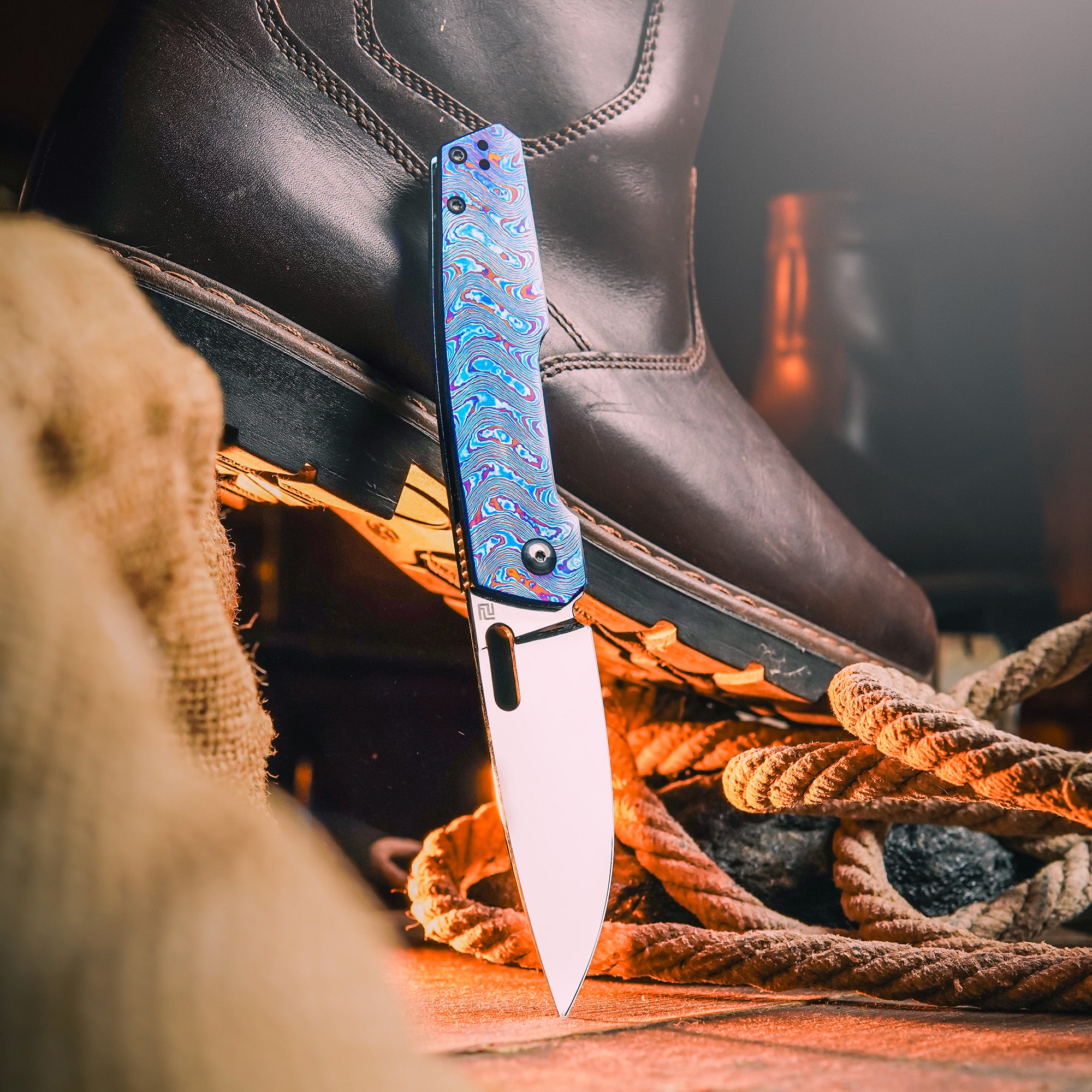
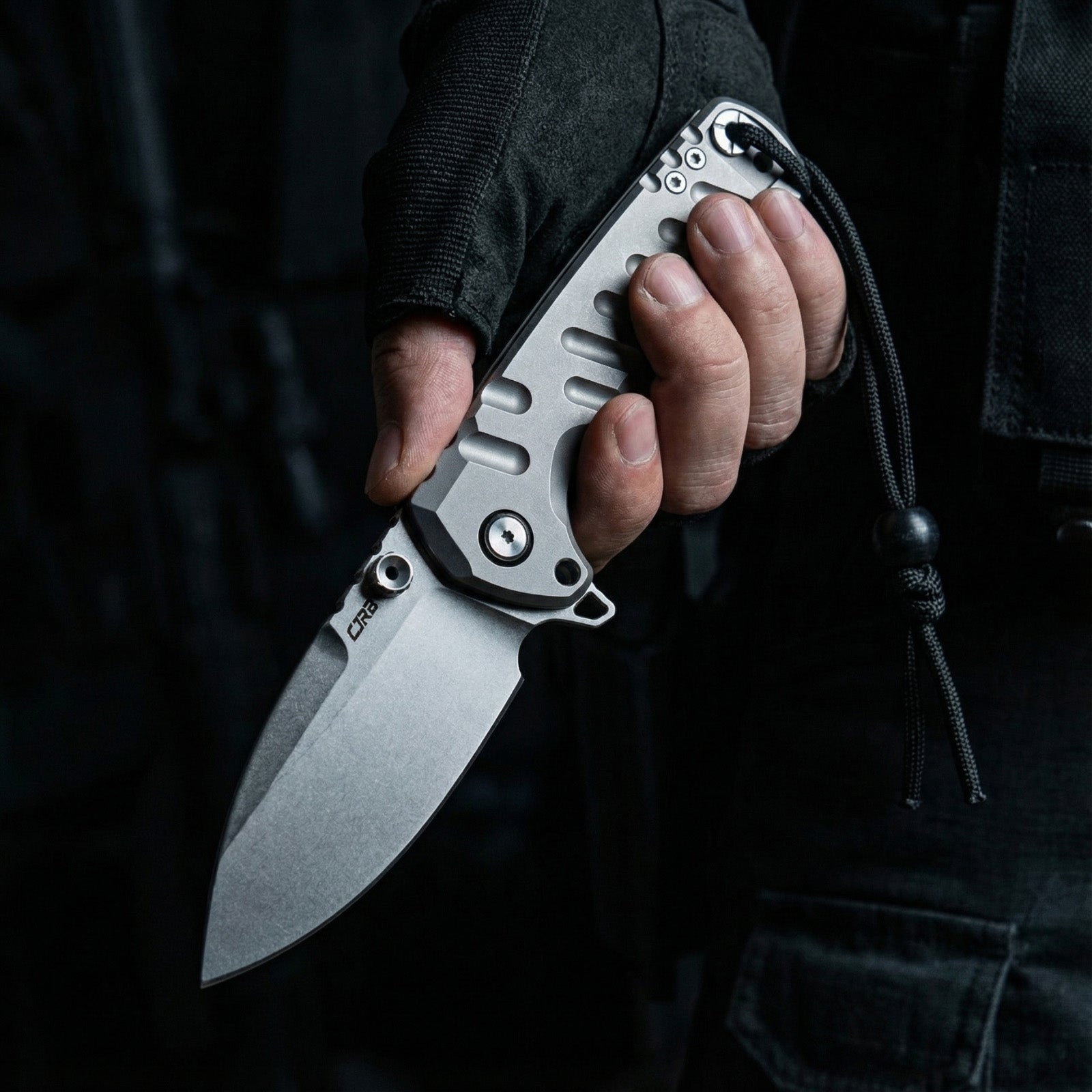
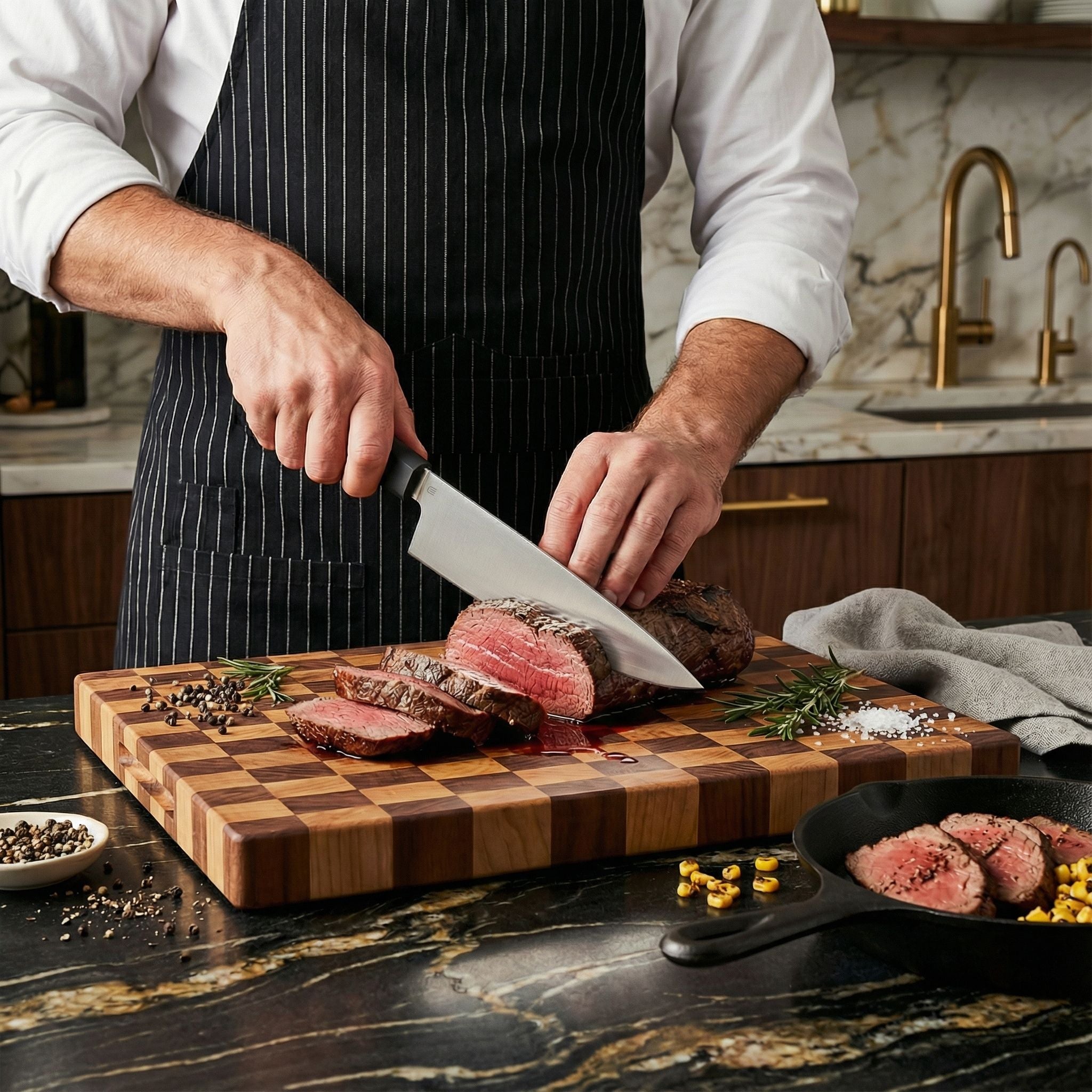
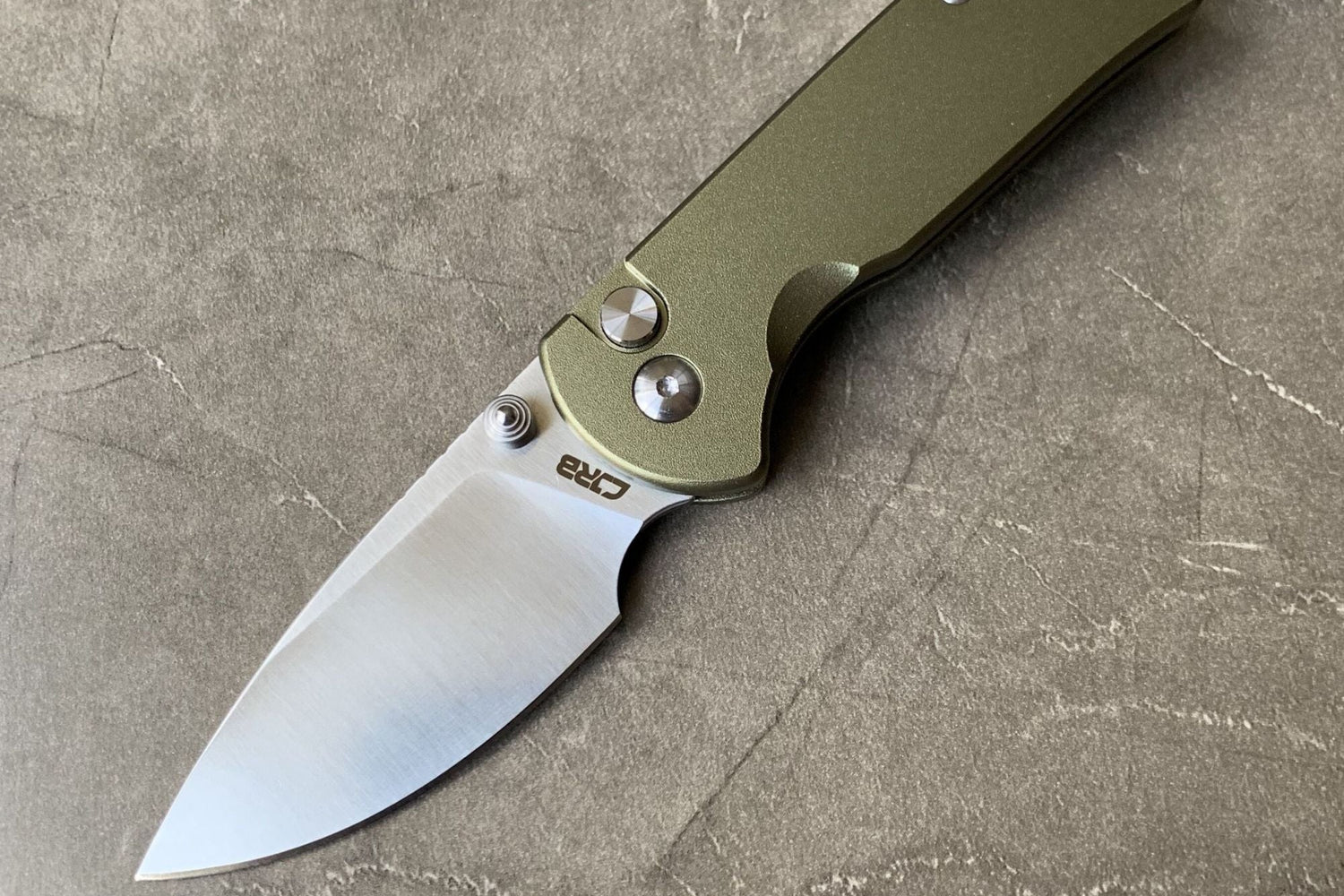

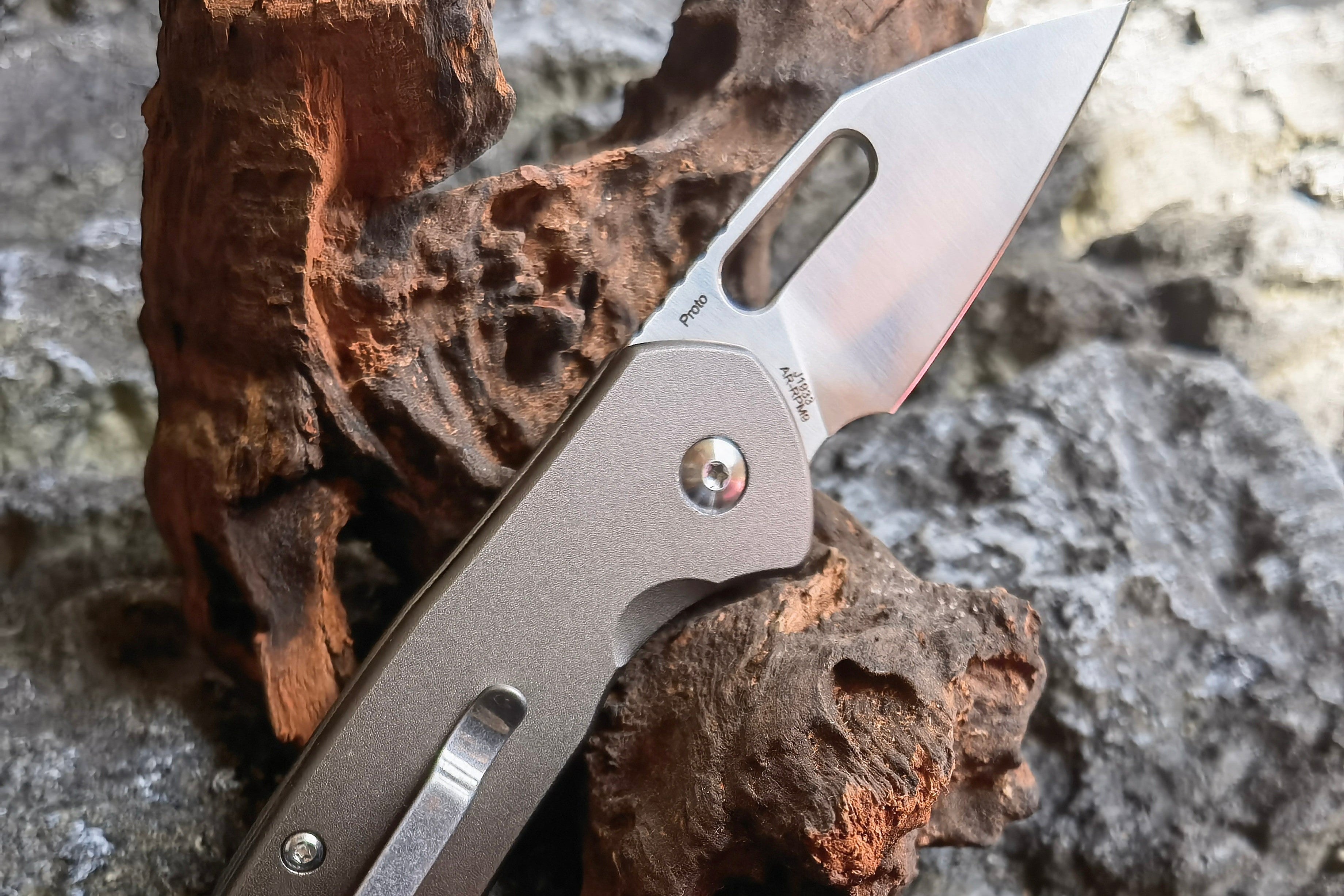


Leave a comment
All comments are moderated before being published.
This site is protected by hCaptcha and the hCaptcha Privacy Policy and Terms of Service apply.